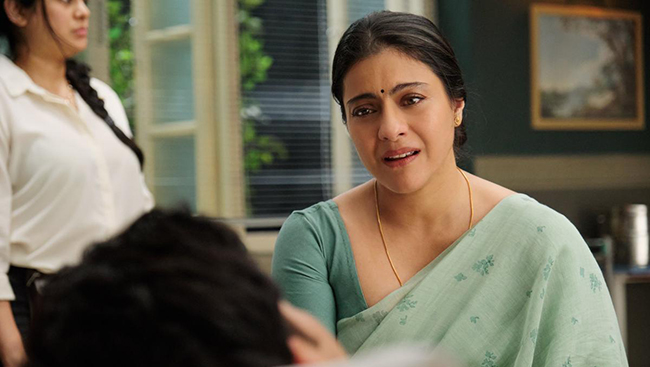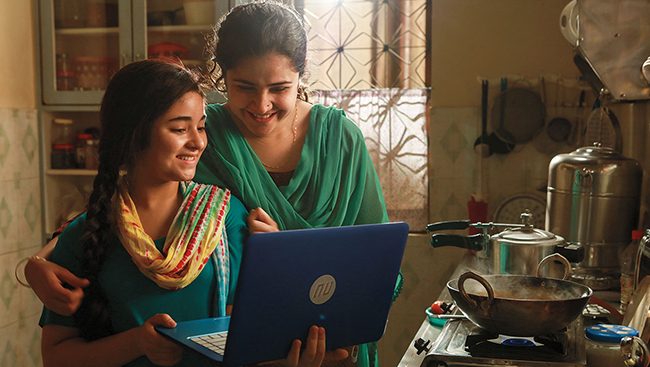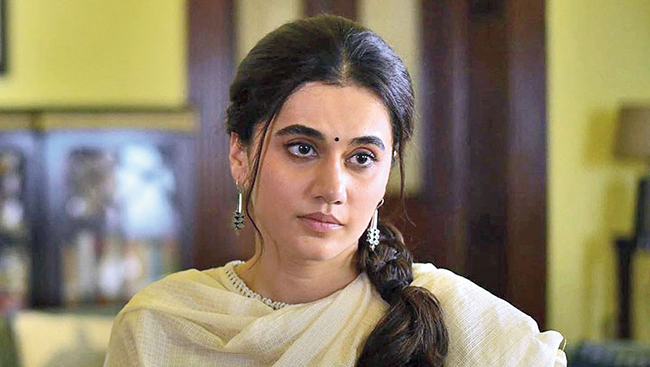Indian cinema has been around since 1896. Yet women's representation on and off the camera is limited and often fewer when compared to their male counterparts. Despite Indian cinema being trendy and attracting masses from all spectrums of society, women are often reduced to misogynistic roles with significantly less screen time. Then, there is the issue of pay disparity, objectification, and the biggest of them all - the casting couch. Having said that, this is not a story that has set out to bash Bollywood and its ways. The portrayal of women has changed over the years. Women started as the ever-loving, over-protecting love interest for the man, to a woman with different shades. The women who portrayed mothers in the 70s and 80s could do no wrong and were worshipped by the heroes. Women sacrificed, worked hard, loved harder, and were the epitome of beauty.
Today's women portrayed in Bollywood are very different. They are flawed; they can be selfish, have negative shades, and are as human as possible. Movies and web series portray women's challenges in the real world, the emotional and circumstantial pressures women face, the pressures at the workfront and fighting society and male domination. Enough data also back all these statements. According to a landmark report by Ormax Media and Film Companion in association with Amazon Prime Video, there is a fundamental mismatch regarding women's representation in movies in India.
The report stated that "Only 10% of head of department positions (HODs) across key divisions (production design, writing, editing, direction and cinematography) are held by women. Out of the 56 theatrical films analyzed across multiple languages, not one was directed or edited by a woman. In media and entertainment corporations, only 10% of senior leadership roles were held by women."
We want to appreciate a few movies where women depicted more substantial roles and were the center of the storyline.
1. Kriti Sanon in Mimi:
A small-town girl with aspirations to make it big in the movie industry jumps at the opportunity to become a surrogate for an American couple who cannot conceive and offers her a handsome amount of money. When the couple ghost her, Kriti decides to keep and raise the baby, especially after discovering that the baby might have Down syndrome. The film highlighted issues like Down syndrome, surrogacy and how women face society when they become surrogate mothers.
2. Directed by Revathy and has Kajol as the leading actor in Salaam Venky

Based on a true story, this movie revolves around Venkatesh and his mother, Sujata, who challenged medical science. Kajol plays the role of a mother supporting his son suffering from the irreversible and fatal DMD (Duchenne Muscular Dystrophy). Emotional yet strong, bold yet scared, the character of Kajol truly depicts what a mother will go through.
3. Meher Vij as Najma in Secret Superstar:

The story centers around a 15-year-old girl. The film highlights her talents while also showing the painful problems of being a female in a patriarchal society. The actual superstar of the film is undoubtedly Meher Vij, who steals every scene. She has portrayed the role of Najma (India's mother) with utmost sincerity. She truly loves her daughter but is unable to support her singing aspirations. She is also incompetent to stand up against her husband but constantly wishes to do something for the kids is portrayed spectacularly.
4. Alia Bhatt in Gangubai Kathiawadi:

Actress Alia Bhatt plays the titular role of Gangubai- a veritable figure of power in Kamathipura, Mumbai. The movie extensively portrays the lives of sex workers living in 20th-century Mumbai. This female-centric biography spectacularly depicts how the male-dominated society treats sex workers. The scenes where Alia faces physical abuse or the scene where she speaks on a stage for the first time are worthy of a standing ovation.
5. Tapsee Pannu in Thappad

This important social drama is hard to ignore. Tapsee Pannu plays the lead role in this story, which revolves around the sensitive issue of domestic violence in Indian society with great sensitivity and straightforwardness. The movie questions the unsaid rules of marriage and whether a slap can still be considered domestic violence. Educational world stated, "Tapsee Pannu was particularly commended for her transformative performance from the submissive wife to the no-nonsense woman demanding her rights."
6. Rani Mukherji in Mardaani
This was not another cop story portrayed by the superstars of India. Mardaani revolves around the issues of drug racket and child trafficking. Police inspector Shivani played by Rani Mukherji, uses her manliness to search and kill the people behind the flesh trade and the kingpin who kidnapped and sold her adopted child into overseas sex rackets. It was amazing that the filmmakers chose to show Rani as a gritty police officer, a nurturing foster mother, and a family woman. Her balancing act received a lot of applause and was also a close depiction of a woman officer's life.


